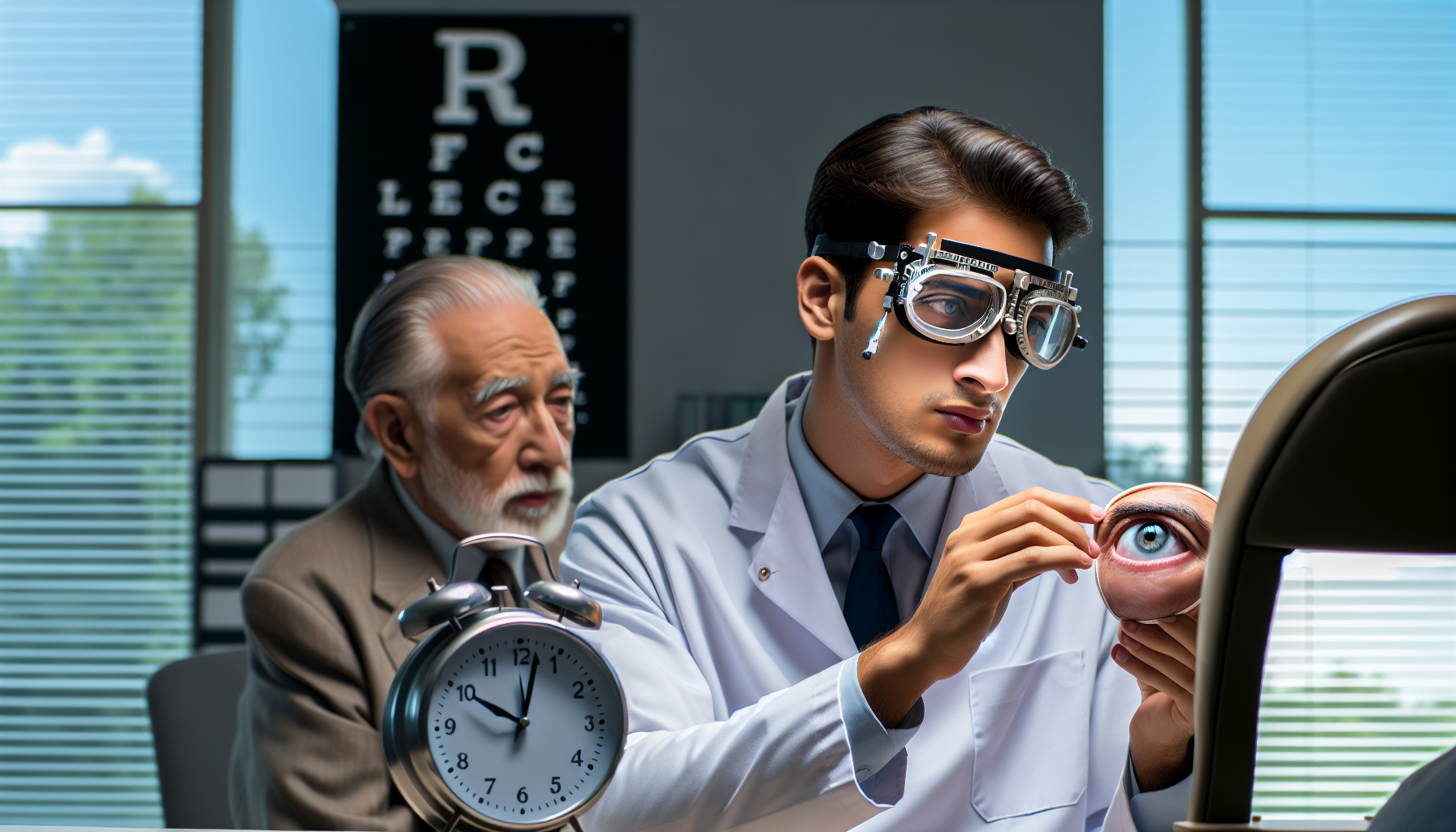Pupil dilation during an eye exam plays a crucial role in maintaining your optical health by revealing potential eye issues such as glaucoma. If your family history or certain risk factors suggest a susceptibility to eye problems, it is advisable to opt for a dilated eye exam at your local ophthalmologist.
So, what does eye dilation entail? This process involves the use of special eye drops to expand your pupils, thereby allowing more light into your eyes. Consequently, your ophthalmologist can get a better view of the back of your eyes, enabling them to diagnose conditions that may otherwise go unnoticed. The eye drops keep your pupils dilated for the duration of the eye exam, letting the doctor examine each eye thoroughly for early stages of diseases.
A dilated eye exam may seem daunting, but it is relatively straightforward. After the application of eye drops, it takes about 15-30 minutes for your eyes to fully dilate. The doctor then conducts several tests, such as the pupil response, eye muscle function, visual acuity, visual field, and tonometry tests. These tests measure your pupils’ reaction to light, eye muscle strength, vision, peripheral vision, and eye pressure, respectively.
The need for eye dilation is influenced by factors such as age, overall health, and potential risk of eye disease. A family history of genetic eye disease or existing eye problems, certain diseases like diabetes, or vision troubles may necessitate dilation during your eye exam.
Eye dilation provides your doctor with a comprehensive view of your eyes, helping to diagnose early stages of eye diseases. The doctor can examine your retina, optic nerve, blood vessels, and other parts not visible during an undilated exam. Eye dilation can help detect conditions such as diabetes-related eye problems, high blood pressure-induced retinal issues, macular degeneration, retinal detachment, and glaucoma.
The effect of eye dilation can last up to 24 hours, even though most individuals regain normal vision within 4-6 hours. After eye dilation, you may experience blurry vision, difficulty focusing on close objects, and light sensitivity. It is recommended to wear sunglasses until your pupils return to normal to avoid discomfort from light sensitivity. Driving may not be safe due to light sensitivity, so arranging for a ride home post-exam is advisable.
The frequency of eye dilation is dependant on individual health factors, including age and medical history. For instance, those with a history of eye health issues should opt for this procedure annually or biannually.
In conclusion, eye dilation is a vital part of maintaining eye health, allowing doctors to assess risk factors and detect potential issues. It is always a good idea to discuss the frequency and implications of eye dilation with your doctor, to ensure optimal eye care.

Comments are closed for this post.